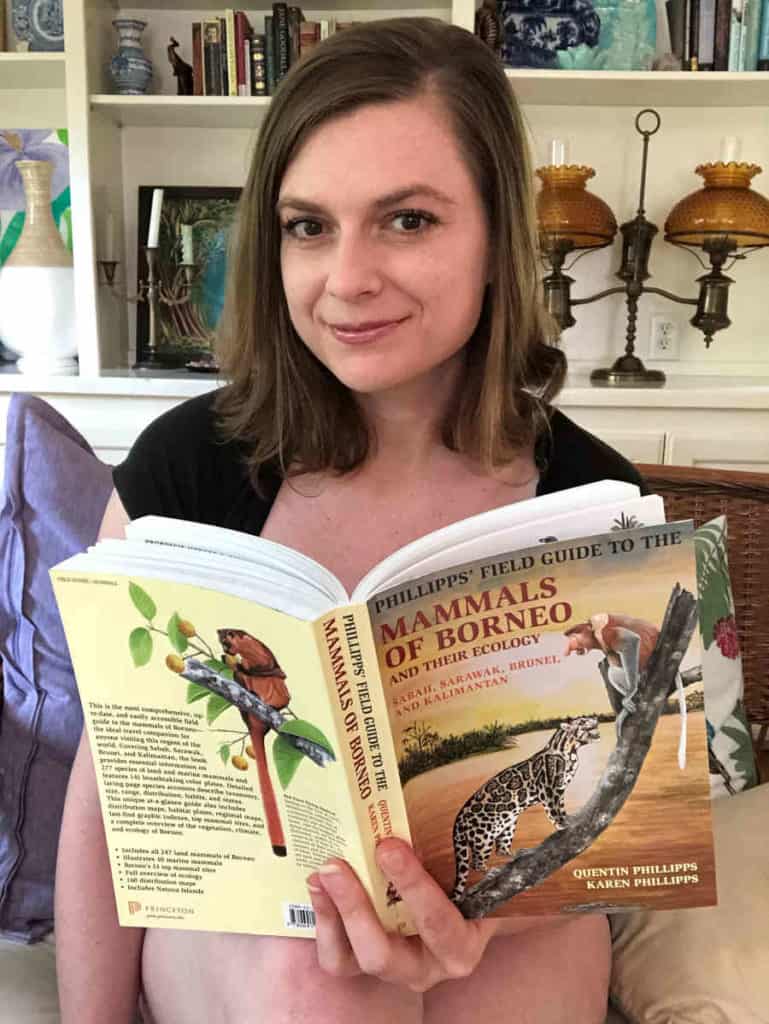*This post contains affiliate links. As an Amazon Associate, I earn from qualifying purchases. This means when you make a purchase, I get a commission at no cost to you! Read more about my affiliates on my Affiliate Links Disclaimer.
I have ALWAYS wanted to go to Southeast Asia. When I found out this year’s Society for Conservation Biology was going to be in Kuala Lumpur, I applied immediately to give two talks (which were accepted – yay!). Now that I knew I would be going to Malaysia for work, I also knew I had to organize an add on trip for play! This post summarizes my four day visit in Deramakot Forest Reserve in Sabah, Borneo.
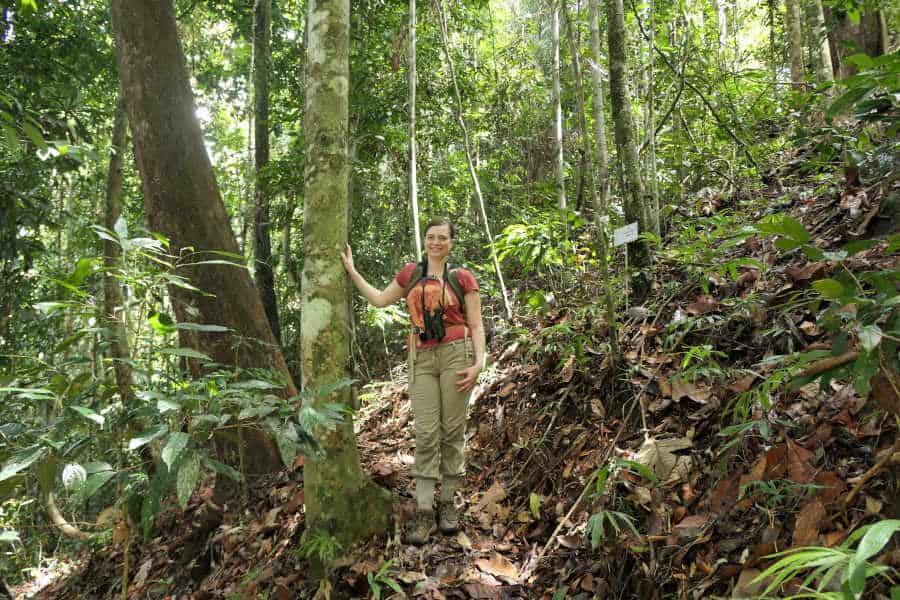
How Did I Find Deramakot?
I had one goal – to see as many wild animals as I could (with a focus on mammals and especially orangutans), but I knew nothing about Malaysian wildlife tourism. I knew going to Google or Pinterest would give me information overload, so I proposed the question to my Twitter followers, many of whom are scientists, knowing they would provide me with off-the-beaten path suggestions full of animal adventures.
To see orangutans, you have to go to Borneo, so I knew I would be headed there. A lot of the responses coalesced around Danum Valley, perhaps the most famous ecotourism destination in Borneo. When I looked into Danum Valley though, I found several problems: it was pretty expensive, seemed kind of touristy, and was starting to book up fast. I posted the same question to Facebook, and my former labmate who worked in Borneo, told me about Deramakot Forest Reserve.
He put me in touch with Zahari Bin Zainal, a Malaysian guide who has been leading tours in Deramakot since 1999. Zahari was incredibly helpful in answering my questions about Deramakot. I decided to book a trip with him after the conference.
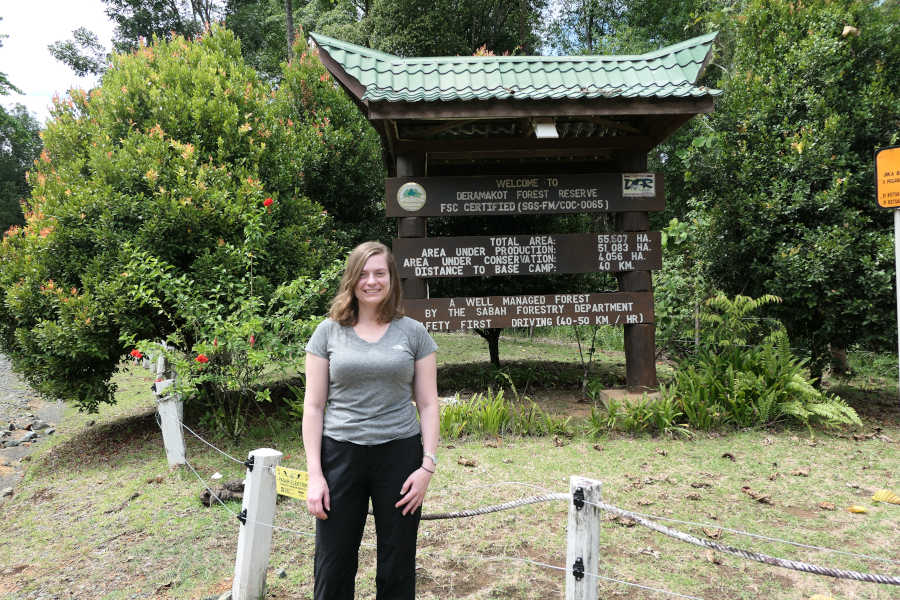
What is Deramakot Forest Reserve?
Deramakot Forest Reserve is a protected area located in Northeastern Borneo, north of Danum Valley. It differs from Danum Valley in that it is not pristine, it has been selectively logged since 1956, but it is still rich in wildlife. This is largely because it is a Forest Management Unit.
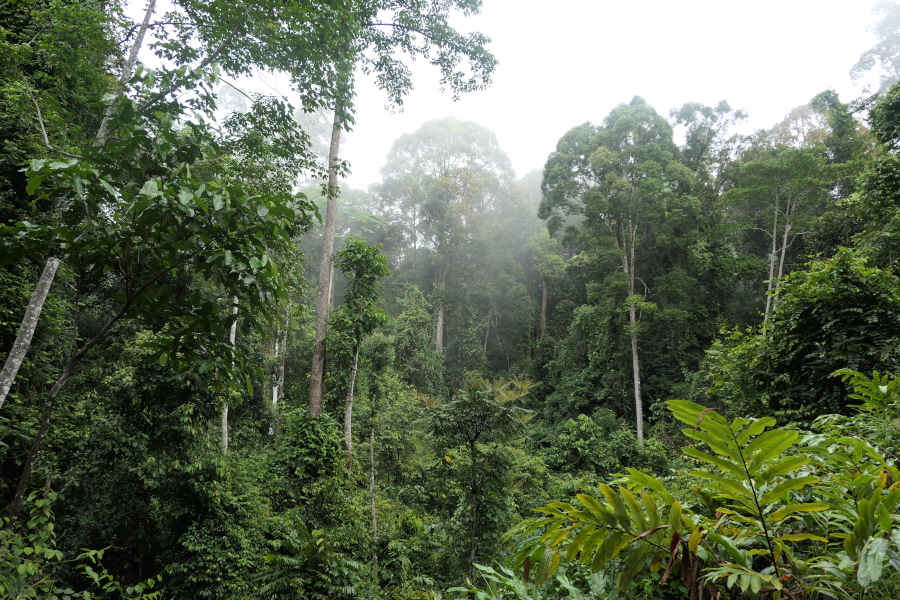
Deramakot has been spit into different units and these units get selectively logged every 1-3 years making it a sustainable practice. Only certain trees are felled. This greatly differs from clearcutting land, which is not sustainable and bad for wildlife.
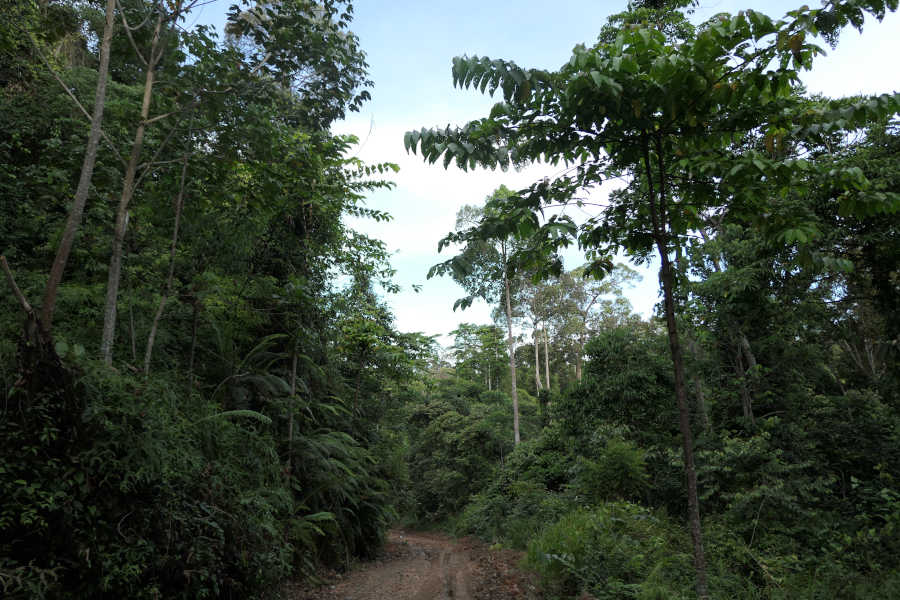
Some disturbance in forests can even be good for wildlife! It creates new micro-habitats for species and provides new food. For example, elephants in particular like secondary growth (i.e. new plants growing in).
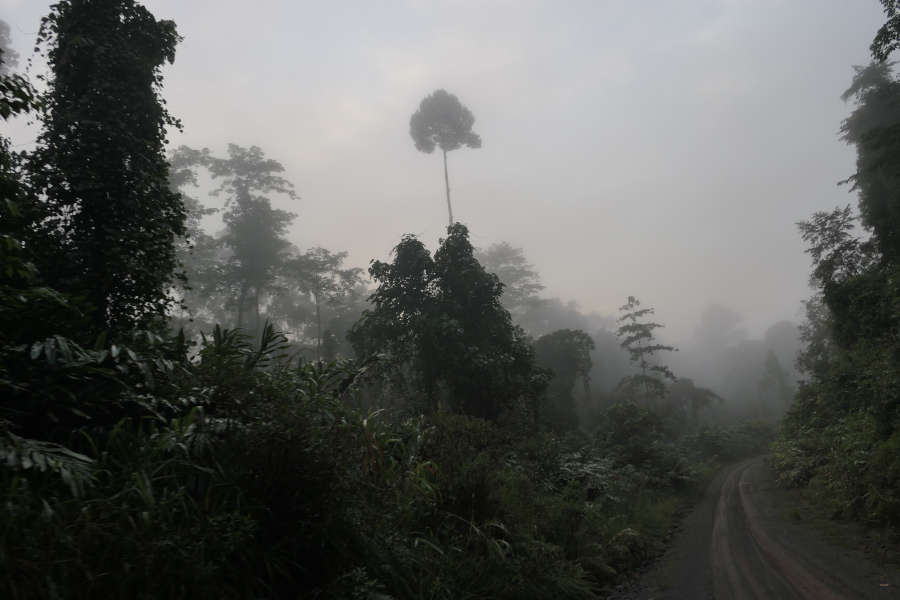
Part of Deramakot Forest Reserve is set completely aside for wildlife and never logged. Deramakot is also surrounded by 6,500 km squared of forest, which together contains ~50% of all orangutans in Sabah. This is said to be the most important wildlife refuge in Borneo.
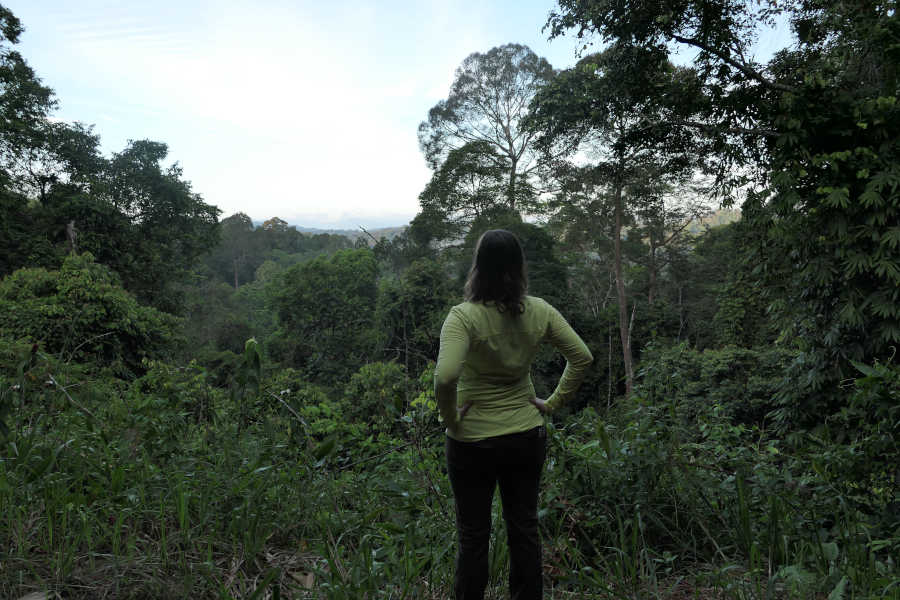
What Did We Do?
In a nutshell – LOOK FOR ANIMALS! We did this two ways: (1) by hiking in the forest and (2) driving around the park looking for animals.
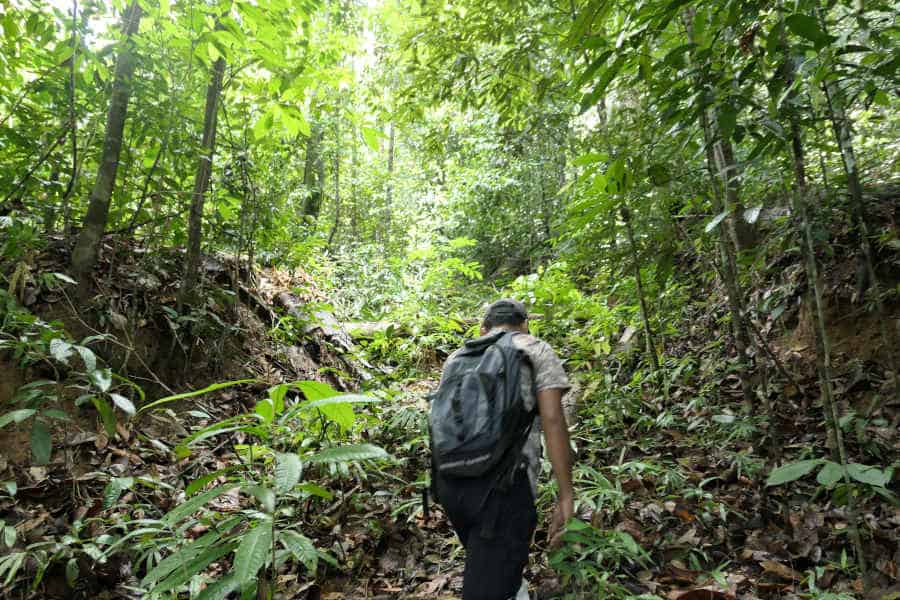
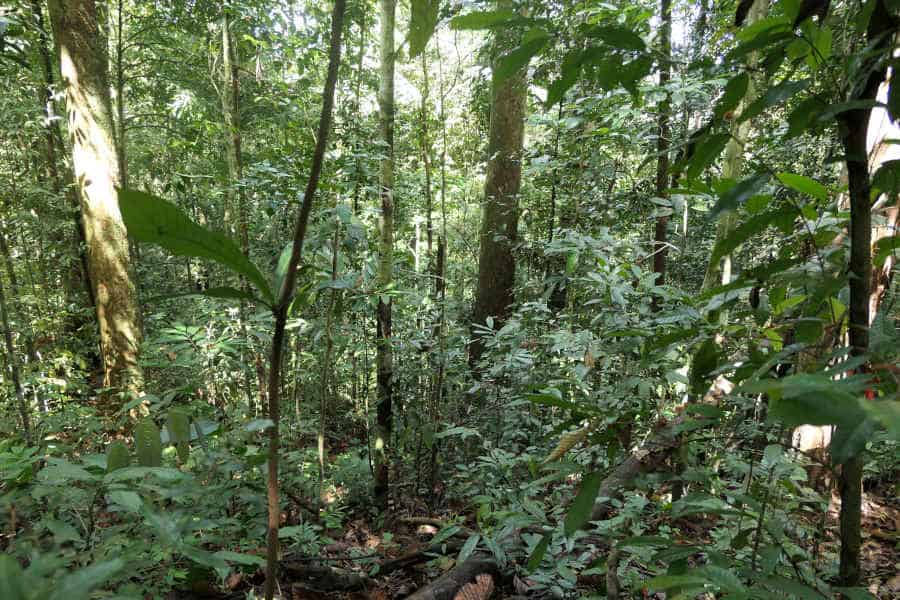
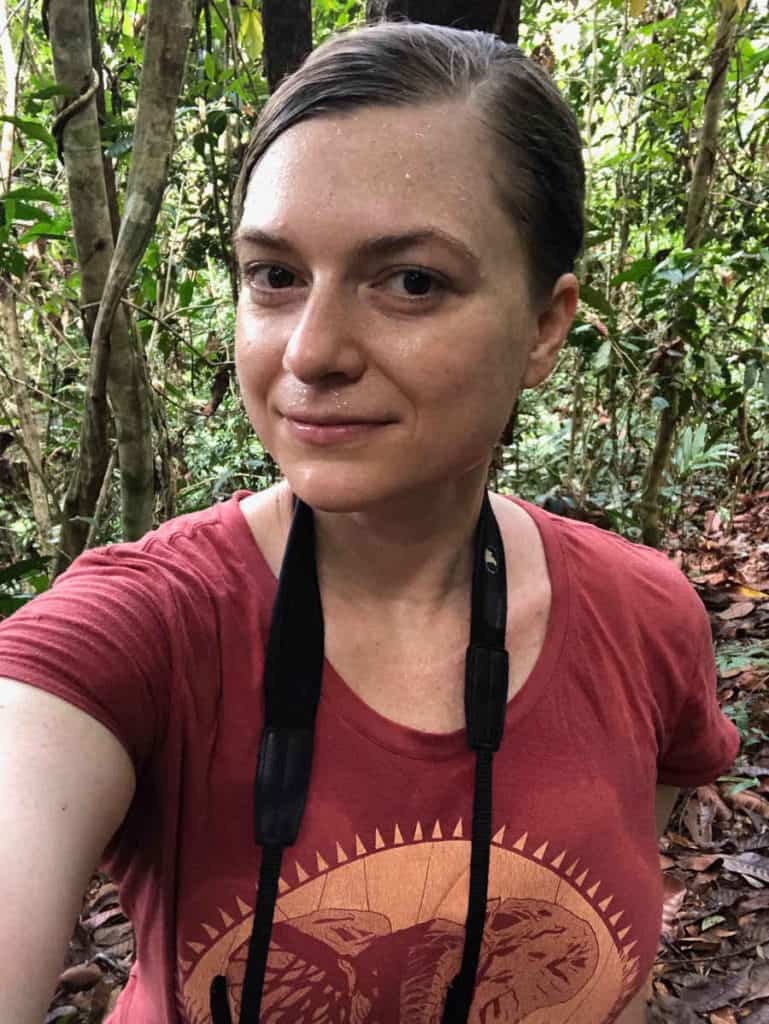
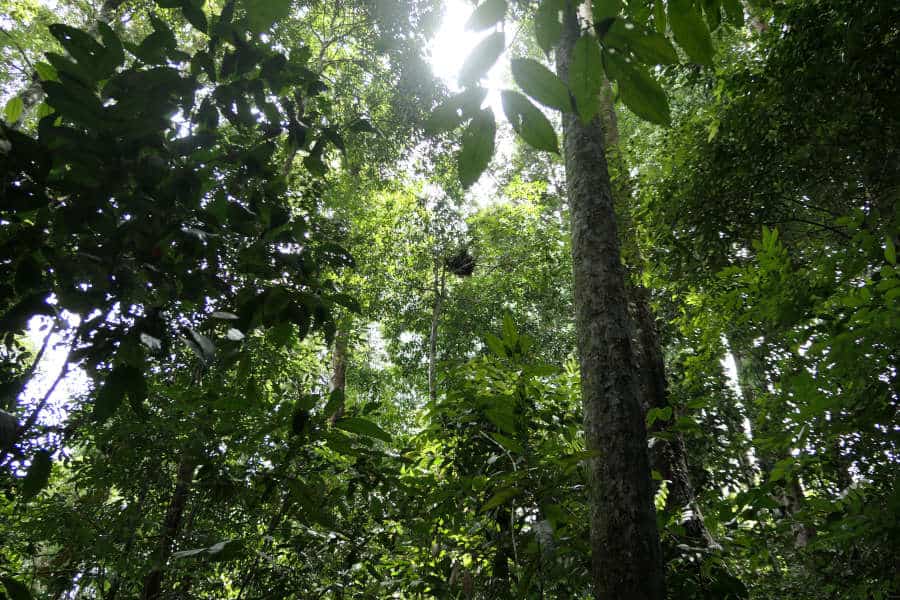
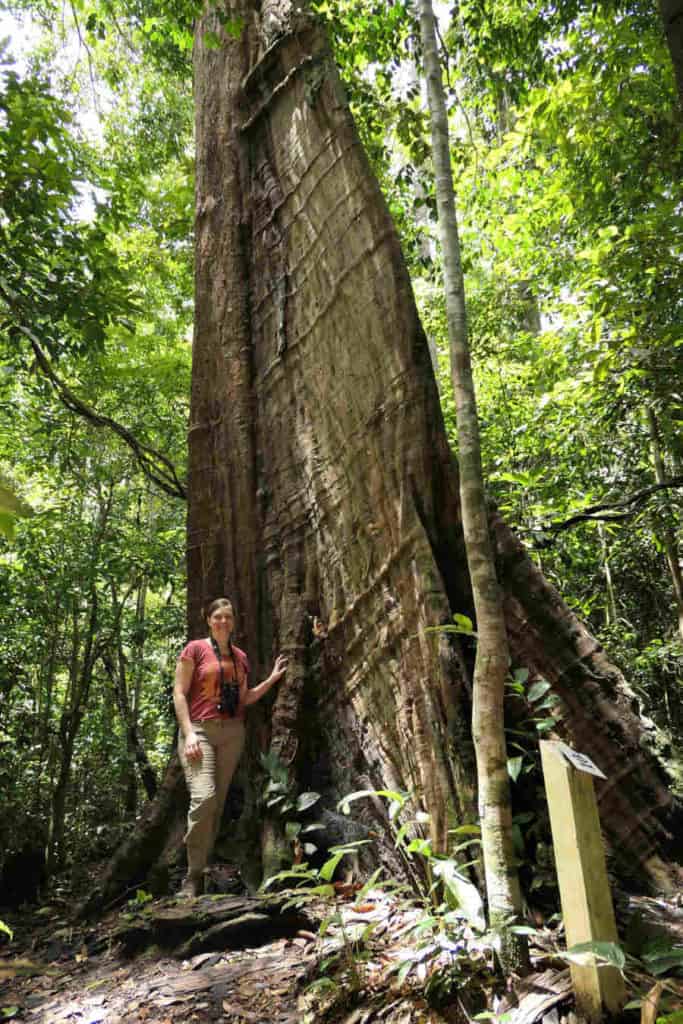


Because I wanted to see mammals the most, we prioritized driving. Driving allows you to cover more range, and provides more open areas (from the road), so you can scan the landscape, increasing your chances of seeing an animal. In the forest, it is much harder to see mammals, but this is definitely the way to look for birds, other smaller vertebrates, and insects.
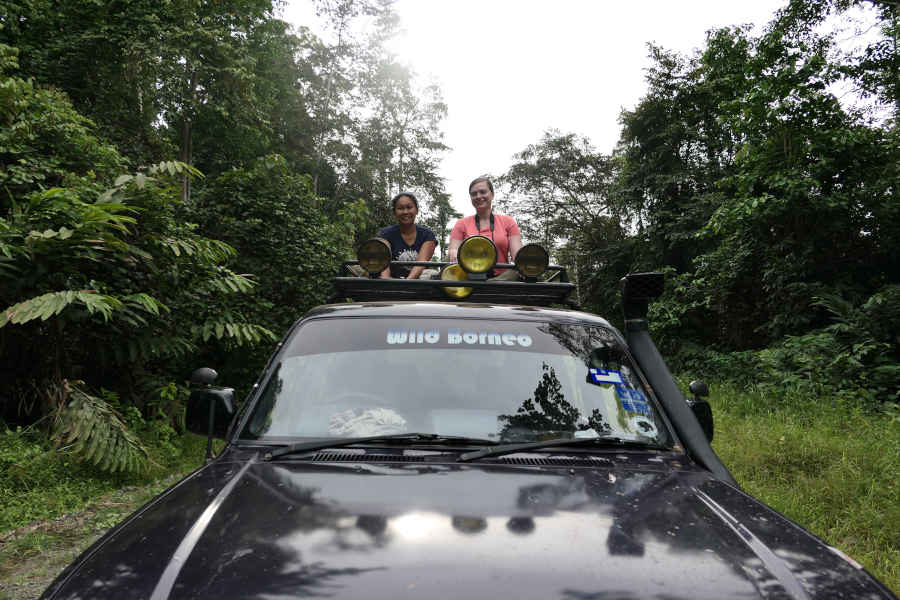
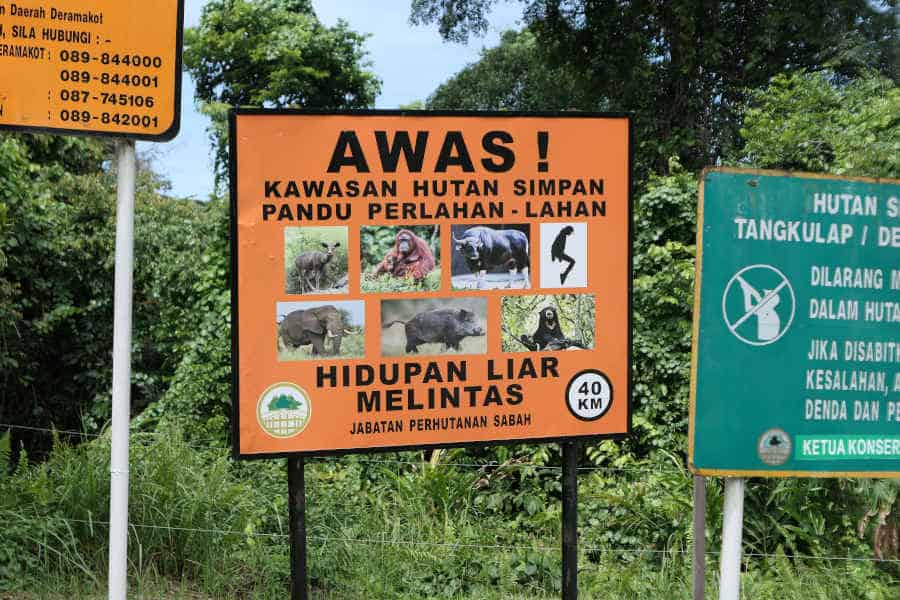

You can also see wildlife by boat on the Kinabatangan River. The day we went, it was storming, and our river cruise got cancelled. Luckily, I had a few more days in Borneo and was able to reschedule a cruise in a different area. I’ll have a full post up on this amazing experience soon.
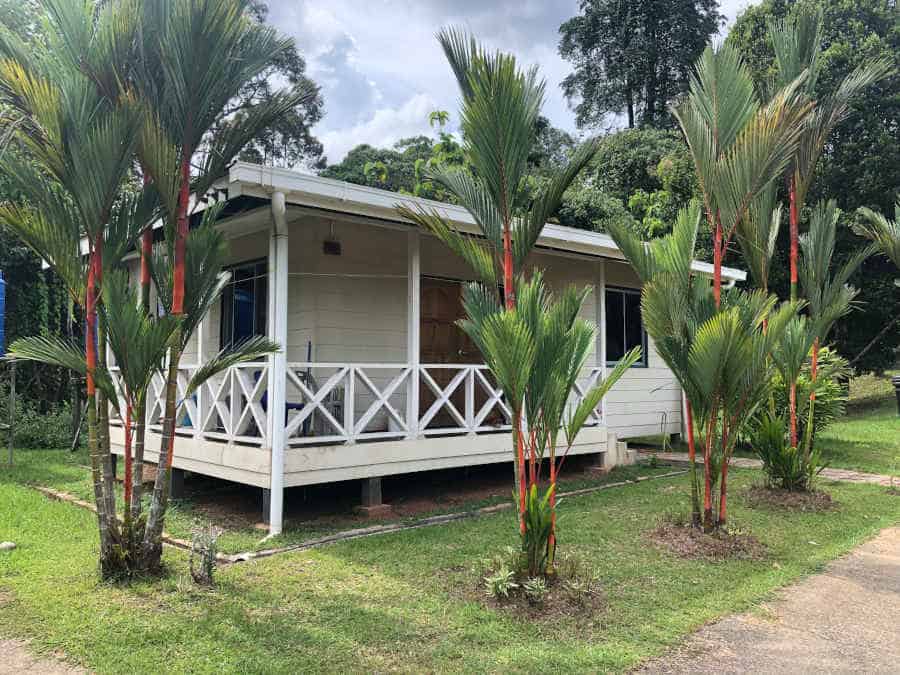
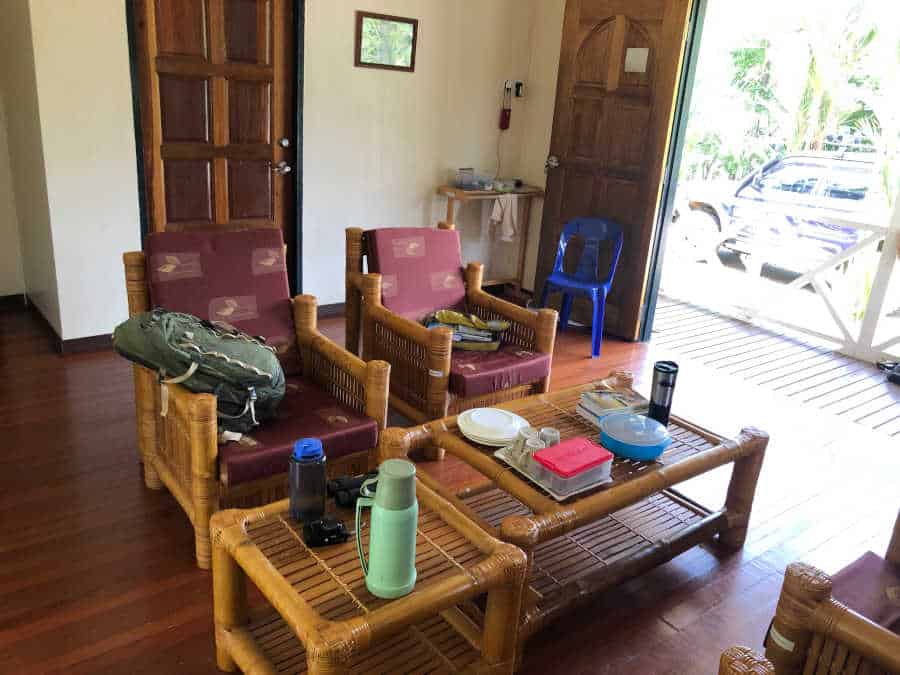
Deramakot Forest Reserve has lots of orangutans (~700) and is one of the few sites where you can see all five species of wild cats in Borneo. I saw so many cool animals that this warranted two different posts: one on mammals and the other on other wildlife. They will be up soon.
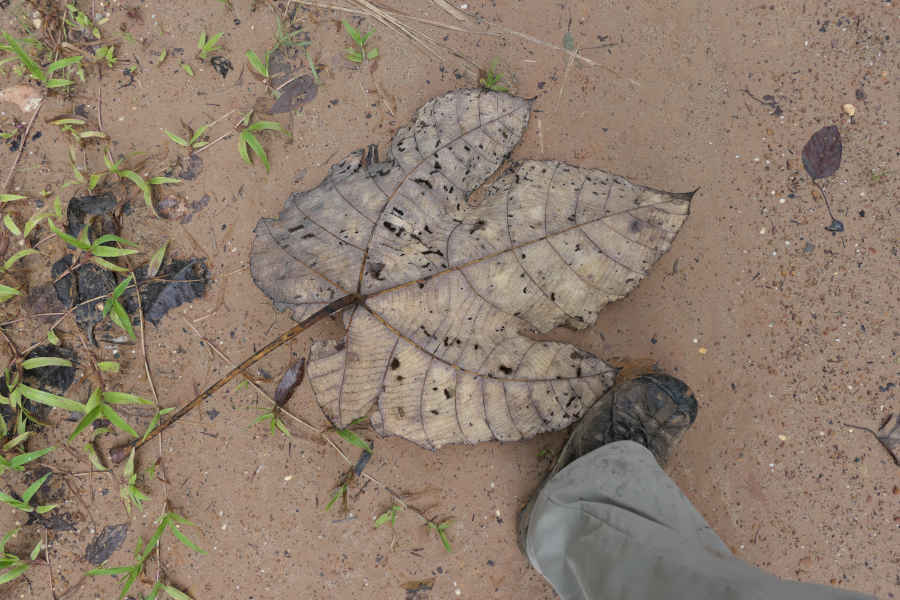
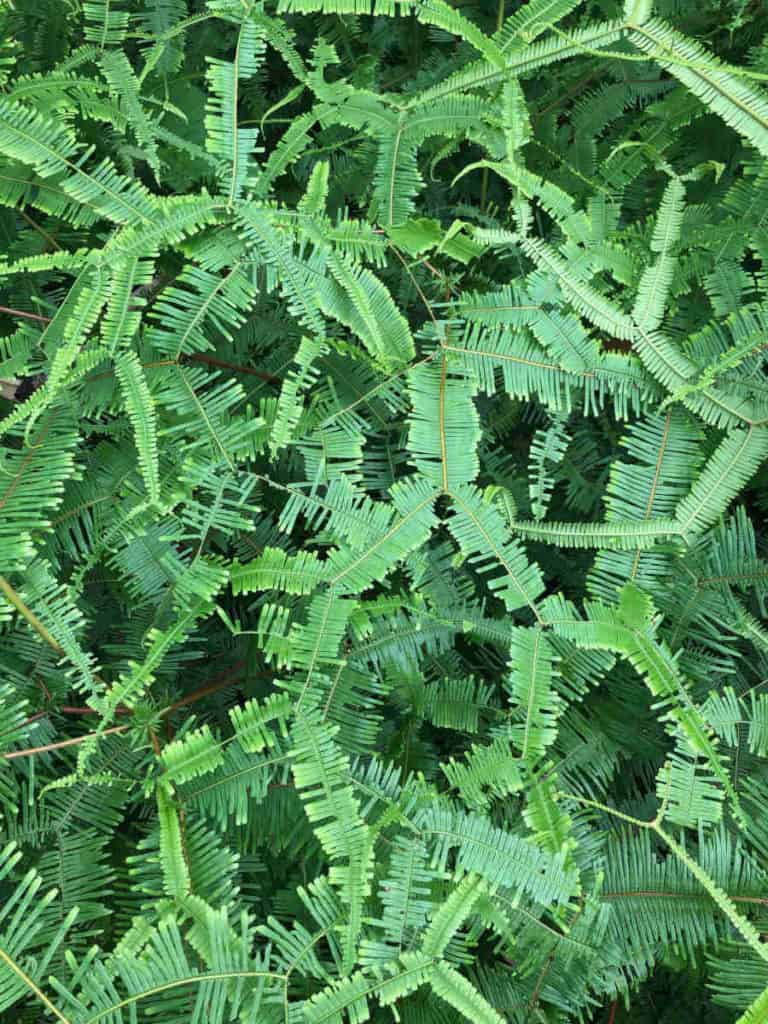
I highly recommend Deramakot Forest Reserve for an ecotourism adventure in Borneo. In addition to how beautiful it was, I loved how quiet it was. Sometimes we went whole days without seeing other tourist vehicles, and even when we did see them, it was just one or two cars.
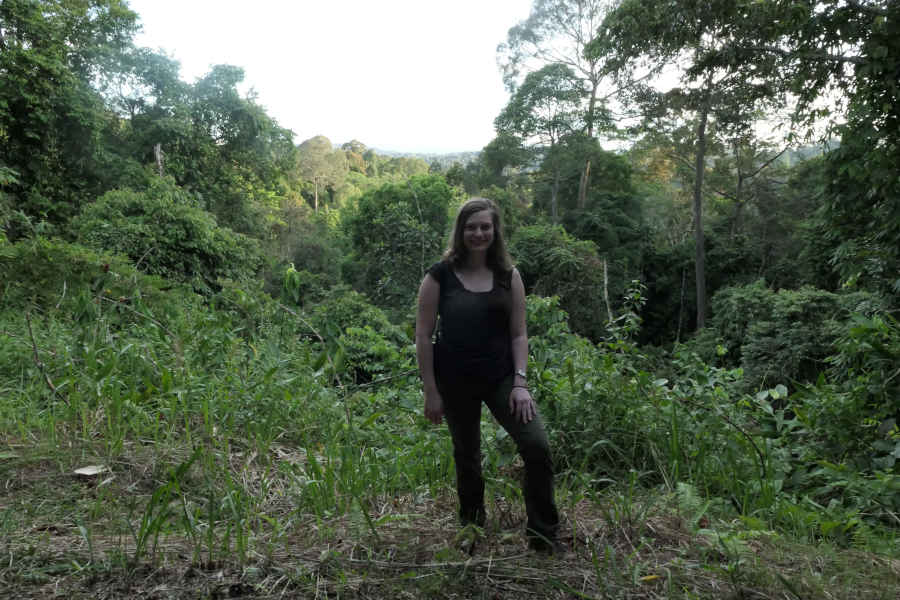
Thank you to the Phillips’ Field Guide to the Mammals of Borneo, which helped me write this post. This book is not only amazing as a field guide to Bornean mammals, but also includes fantastic information on Borneo’s tropical forest ecology. It’s a must if you are going to Borneo!
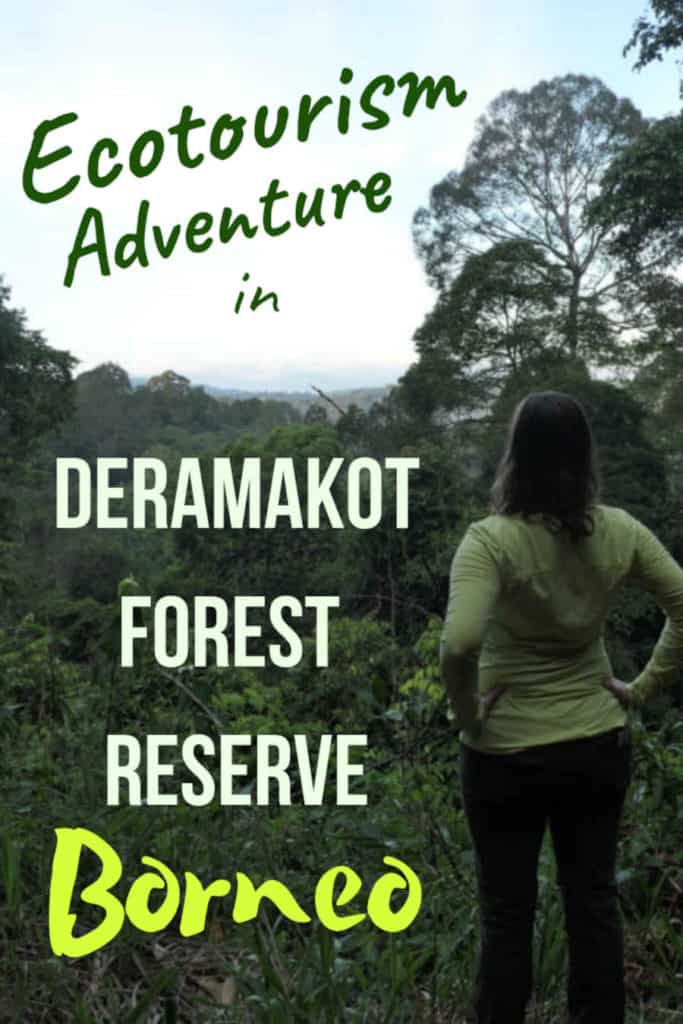
Love this post? Share it with friends!

